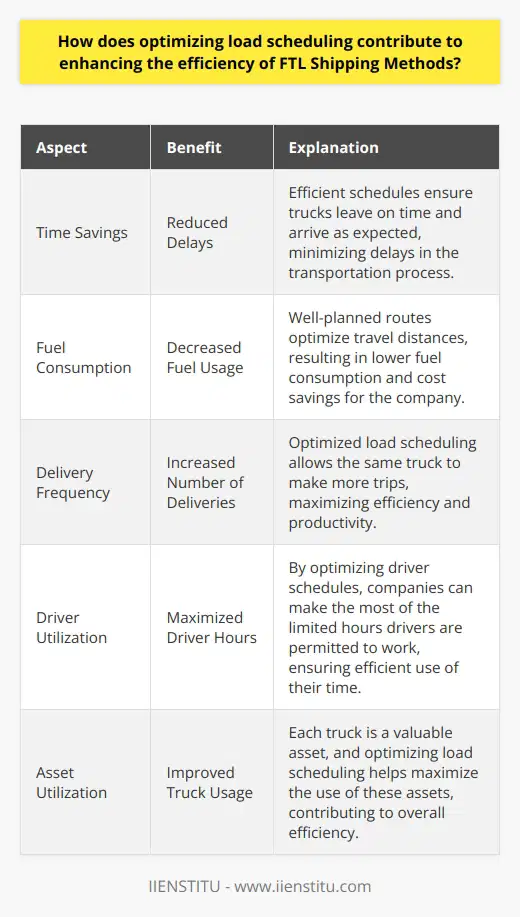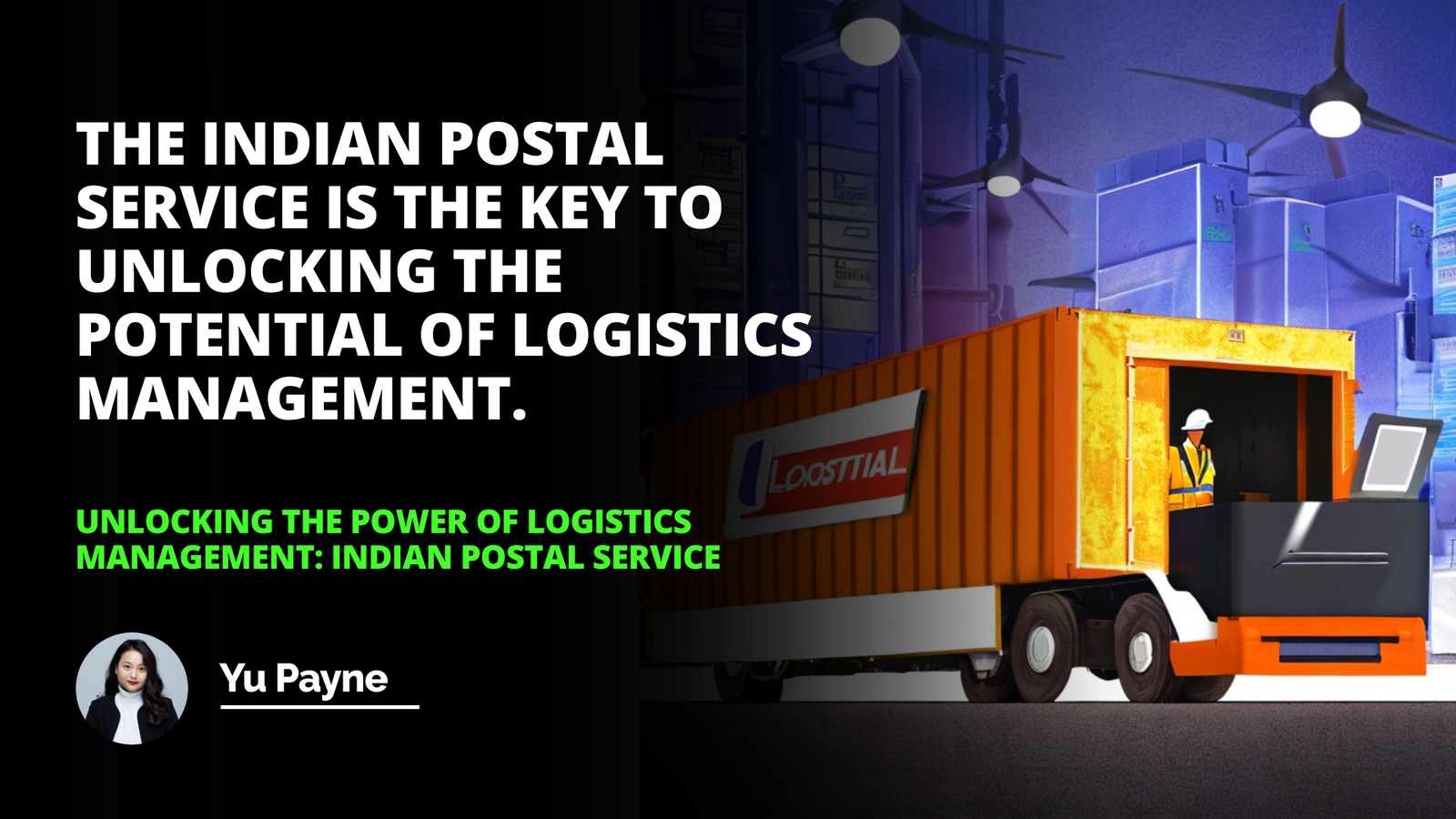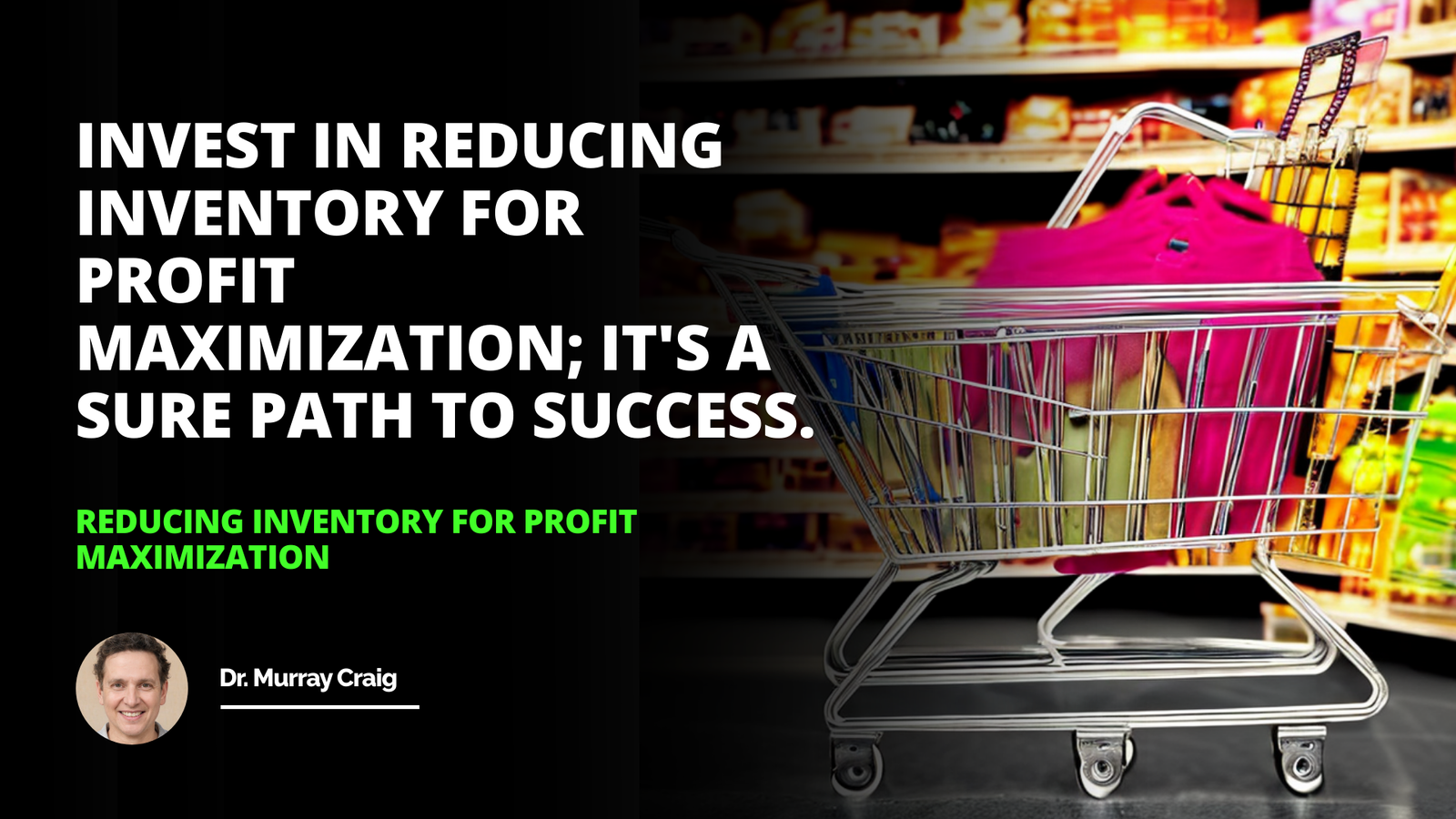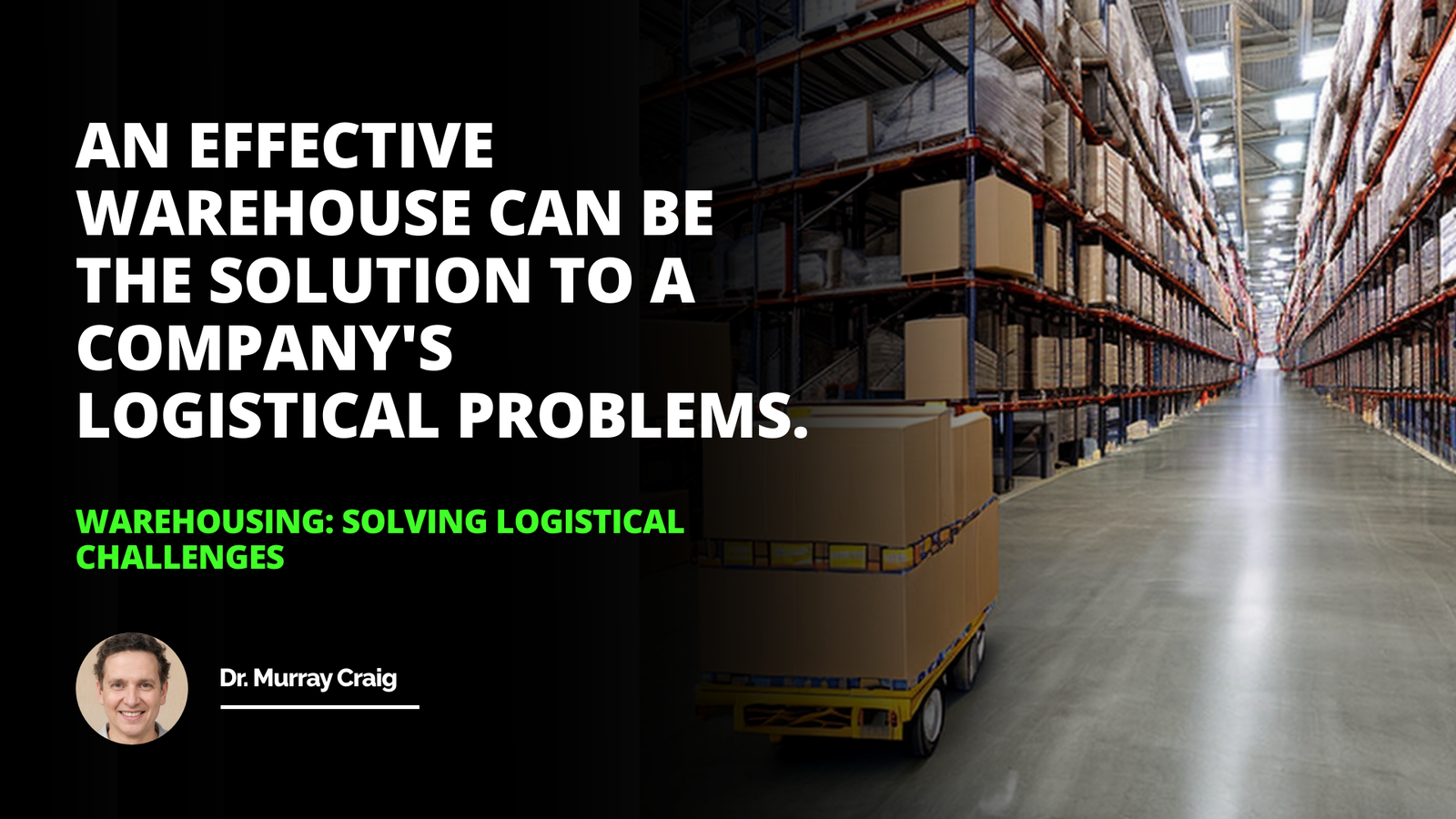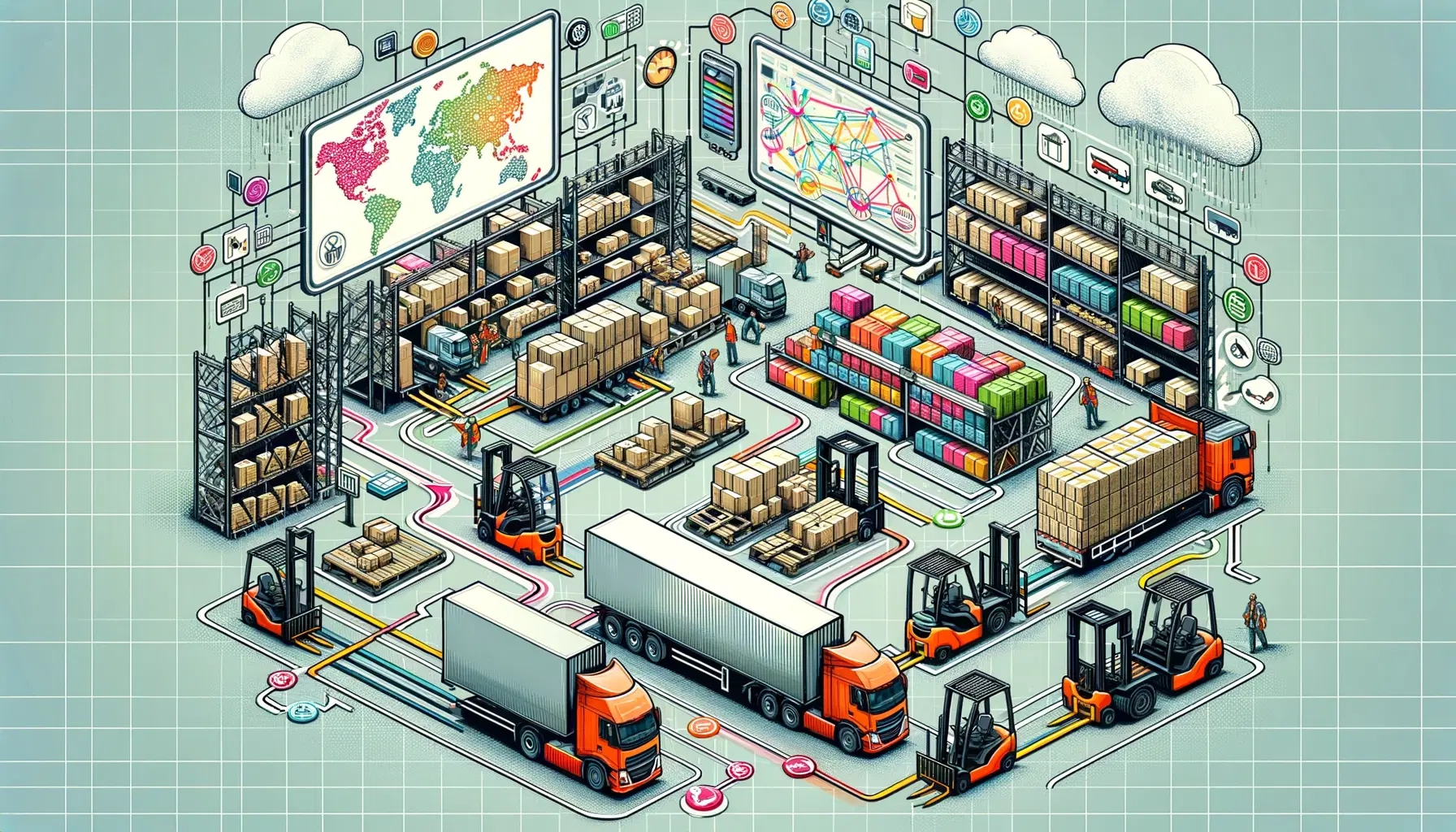
The logistics industry forms the backbone of global trade, enabling businesses to move goods across continents with speed and efficiency. A critical aspect of this complex web is Full-Truckload (FTL) shipping, a shipping mode often harnessed for its several enticing benefits. In this in-depth exploration, we aim to not only define and elucidate the concept of FTL shipping but to also underscore its paramount significance within the logistics realm. Whether for an industry veteran or a spirited entrepreneur, understanding FTL shipping is an essential chapter in mastering the art of strategic logistics execution.
Understanding FTL Shipping
The Basics of FTL Shipping
FTL shipping shines as a beacon for businesses seeking to haul large volumes of goods without the need for consolidation with other shipments. Its straightforward approach involves dedicating the entire space of a truck to one shipper's cargo. When pondering on logistics courses duration and educational content in the field, the intricacies of FTL shipping are often a pivotal topic.
Firms might opt for FTL for numerous reasons including safety, speed, and the prevention of freight handling during transit. Yet, unlocking the benefits of FTL shipping requires a keen understanding of its mechanics and situational appropriateness.
Benefits and Drawbacks of FTL Shipping
Illustrating the allure of FTL shipping can be best done through vignettes from the field. Imagine a scenario where a business must expedite a shipment of perishable goods. Opting for FTL shipping may not only expedite delivery but also ensure the preservation of the cargo in its pristine condition.
Conversely, the potential challenges with FTL include cost implications with smaller loads and possible inefficiencies when the cargo volume doesn't maximize the available space.
Factors to consider when choosing FTL Shipping
The nature of the goods to be transported
Logistics Mgmt: System Approach to Transp, Route Plan, Mode Sel, & Vehicle Scheduling
Optimizing Efficiency: A Comprehensive Examination of Batch Picking
Analyzing the Impact and Efficiency of SKU Management in the Supply Chain
When determining whether FTL shipping is right for your business, a critical consideration is the nature of the products being moved. Fragile goods, hazardous materials, or high-value items may often necessitate the exclusive use of a truck's space to mitigate risk and assure specialized handling. Moreover, perishable items whose integrity relies heavily on the timeliness and continuity of transport conditions make excellent candidates for FTL.
The volume of the shipment
Volume stands as a stalwart factor in the FTL decision-making process. Given that you are reserving the entirety of a truck's space, it becomes economically advantageous to employ FTL methods when your cargo nears or exceeds the truck's capacity. Consequently, proficiency in determining when and how to utilize FTL shipping becomes a valuable component within comprehensive online certification courses tailored for logistics professionals.
Delivery schedule
Time sensitivity can dictate the necessity for FTL shipping. Should a shipment require swift, direct transportation to its destination without detours or additional pickups, FTL shipping presents as a compelling option. The assurance that the freight will travel from point A to B uninterrupted is often a determining factor in this consideration.
Cutting-edge Supply Chain Optimization Strategies For Maximum Efficiency And Performance
Most Searched Long Tail Keyword: Asset Tracking Benefits İn Business Operations
How to maximize the benefits of FTL Shipping
Efficient Loading Practices
Maximizing the efficacy of FTL shipping unfurls when optimized loading practices are embraced. Cognizance of space utilization and proper goods arrangement can pare down the risks of damage during transit and can improve overall transport efficiency.
Transportation route planning
A cardinal element in reaping the full potential of FTL shipping lies in strategic route planning. Utilizing technological advancements can contribute remarkably to selecting the most effective routes, thereby expediting delivery times and reducing operational costs.
Scheduled routine maintenance
The linchpin for reliable FTL shipping is the ongoing maintenance of the transportation fleet. Regular check-ups and preventive care ensure that vehicles remain in optimal condition, curbing the chances of unexpected malfunctions and costly delays.
Comparing FTL shipping with other forms of shipping
FTL Shipping vs. LTL (Less-Than-Truckload) Shipping
Looking beyond FTL, it is essential to evaluate it against alternatives like LTL Shipping. LTL is characterized by the consolidation of cargo from multiple shippers, an approach that may suit smaller shipments or businesses flexible with delivery times. Each has pros and cons that must be balanced against a company's unique requirements.
FTL Shipping vs. Intermodal Shipping
Next, we glance at the comparison between FTL and Intermodal Shipping, the latter of which combines various transportation modes, such as rail and truck. Each serves distinct needs and may present the best option based on factors like environmental impact, cost-effectiveness, and geographical considerations.
Case Study: Successful implementation of FTL Shipping
Discussion of a real-world example where FTL Shipping was successfully implemented
Taking an academic turn towards practical application, let's delve into a case study that demonstrates the successful deployment of FTL shipping. Here, we may consider a manufacturer whose synchronization of supply chain components enabled a streamlined transition to FTL, thereby enhancing delivery times and cutting costs.
In synthesizing the main currents of the discussion, we reiterate the pivotal nature of choosing a judicious shipping method that aligns with a business's specific goals. FTL shipping, with its distinctive characteristics and applications, stands as a key shipping modality capable of delivering substantial benefits to those who wield it with savvy and acumen. It is this strategic selection that can ultimately herald the difference in a firm's logistical triumph.
Frequently Asked Questions
What are the factors to consider in order to maximize efficiency in FTL Shipping Methods?
Full Truckload (FTL) Shipping Efficiency
Understand Freight Characteristics
Maximizing efficiency in FTL shipping starts with understanding freight characteristics. Key attributes include weight, volume, and type. These shape transportation requirements.
Select the Appropriate Vehicle
Vehicle selection impacts efficiency. Match truck type to freight needs. Opt for fuel-efficient models to reduce costs and environmental impact.
Optimize Route Planning
Smart route planning is essential. Utilize GPS and routing software. These tools avoid delays and reduce travel distance.
Implement Load Optimization
Correct load optimization ensures safety and maximizes space. Balance the cargo evenly. Secure all items to prevent movement and potential damage.
Schedule Wisely
Careful scheduling avoids waiting times. Align pickups and deliveries with operational hours. Prevent detention and demurrage fees.
Maintain Good Carrier Relationships
Good relationships with carriers bring multiple benefits. Foster communication and negotiate better rates. Reliable partners offer consistency and quality service.
Leverage Technology
Invest in technology to streamline processes. Use Transport Management Systems (TMS). Automate for accuracy and efficiency.
Monitor Regulatory Compliance
Stay current with regulations. Compliance avoids fines and delays. It also ensures road safety.
Focus on Continuous Improvement
Continuous improvement is key. Analyze performance data regularly. Adjust strategies as needed to achieve peak efficiency.
Train and Empower Employees
Effective training for staff matters. Empower employees with knowledge and tools. They manage shipments more efficiently.
Consider Environmental Impact
Factor in sustainability. Opt for eco-friendly practices. Reduce carbon footprint and promote corporate responsibility.
In conclusion, consider all these factors. They collectively maximize FTL shipping efficiency. Efficiency leads to cost savings and improved service delivery.
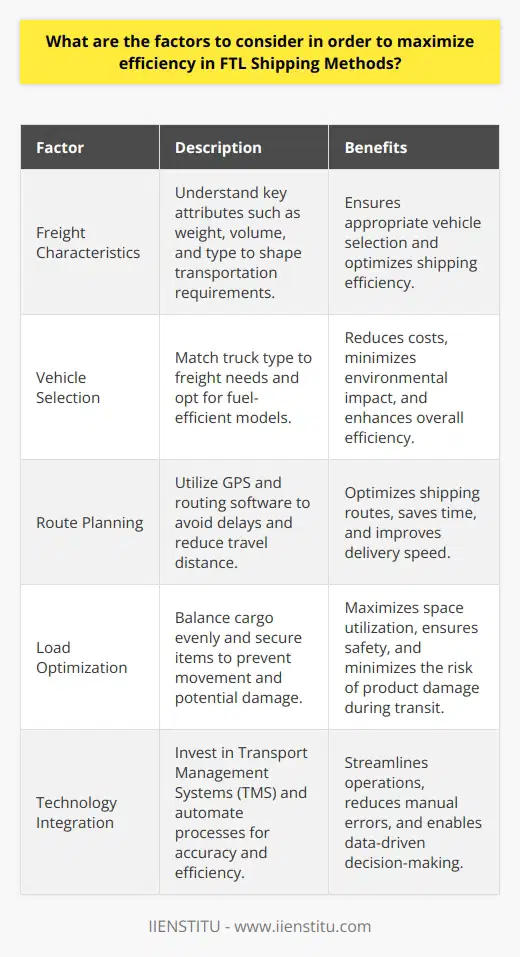
What strategies can be employed to improve capacity utilization in FTL shipping?
Understanding Capacity Utilization
Capacity utilization measures how much of a company's potential output it actually achieves. In full truckload (FTL) shipping, it reflects the use of truck space on shipments. High utilization rates mean operations run close to full potential.
Strategies for Improvement
Optimize Load Planning
Load planning is crucial. It affects how much cargo fits into a truck. Proper planning ensures more goods ship with each load. This reduces costs and increases efficiency.
Implement a Transportation Management System (TMS)
A TMS provides real-time visibility into shipments. It helps plan routes and optimize truck space. With it, companies use their fleet capacity well.
Consolidate Shipments
Combining shipments fills trucks to capacity. This process lowers the number of trips needed. It saves both time and fuel.
Use Data Analytics
Data analytics can predict demand patterns. It allows companies to align capacity with actual shipping needs. Over time, this improves capacity utilization.
Foster Carrier Collaborations
Form partnerships with other shippers or carriers. Such collaborations can share unused space. This strategy maximizes capacity usage across the industry.
Schedule Effectively
Effective scheduling minimizes delays. It ensures trucks load and depart on time. This practice makes better use of available capacity.
Regularly Review Routes
Constant review of shipping routes is necessary. It helps to identify quicker, more efficient paths. This leads to better capacity utilization as well.
Train Employees
Well-trained employees pack trucks more effectively. This results in higher capacity utilization. Focus on both skills development and best practices.
Invest in the Right Equipment
The right equipment can handle cargo better. It fits more into each truck. For instance, investing in pallet inverters can optimize space usage.
Offer Dynamic Pricing
Dynamic pricing encourages customers to ship at off-peak times. More evenly distributed shipments lead to higher overall capacity utilization.
Monitor Key Performance Indicators (KPIs)
Monitor KPIs to track progress. These include load times, utilization rates, and on-time deliveries. Adjust strategies based on these metrics.
Adopt Lean Philosophy
A lean approach focuses on reducing waste. Apply this to load planning and scheduling. It generally leads to improvements in capacity utilization.
Encourage Feedback
Seek feedback from drivers and loaders. Their hands-on experience often reveals insights. These can refine strategies for better capacity utilization.
Maintain Flexibility
The shipping industry is dynamic. Always be ready to adapt strategies as necessary. This flexibility helps maintain high capacity utilization rates amidst changes.
In conclusion, improving FTL shipping capacity utilization requires a mix of technological tools, strategic planning, and employee engagement. Regularly employ these strategies for effective and efficient shipping operations.
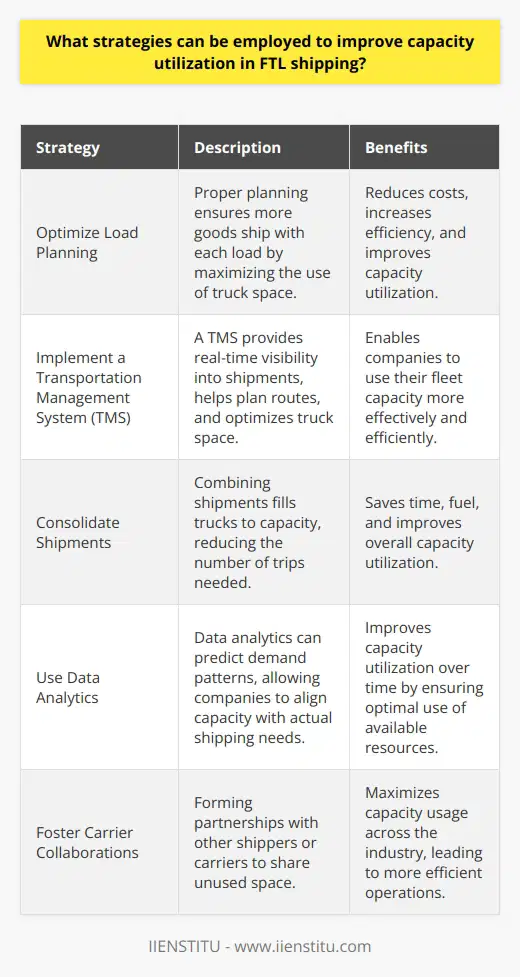
How does optimizing load scheduling contribute to enhancing the efficiency of FTL Shipping Methods?
Optimization in FTL Shipping
Full truckload (FTL) shipping is vital. Companies rely on it. Efficiency here matters. It saves time. It saves money. It delivers goods faster. But how? Focus on load scheduling. It's a key aspect.
The Role of Load Scheduling
Load scheduling is critical. It involves planning. It dictates pickup and delivery. It affects the entire transportation process. Smart scheduling requires strategy. It demands coordination.
Benefits of Optimized Scheduling
Savings on time are apparent. Efficient schedules reduce delays. Trucks leave on time. They arrive as expected.
Fuel consumption drops. Well-planned routes mean shorter distances. Less fuel is necessary.
More deliveries occur. The same truck, more trips. That is efficiency.
Driver hours are maximized. Drivers have limited time. Use it well. Optimize their schedules.
Asset utilization improves. Each truck is an asset. Maximizing its use is key.
Increased Efficiency Through Load Scheduling
Strategic Planning
Optimizing requires analysis. Examine historical data. Predict future needs. Apply this information.
Anticipating Challenges
Weather can disrupt. Traffic can delay. Planning ahead avoids these. It ensures punctuality.
Using Technology
Technology is helpful. GPS tracking aids planning. Automated systems manage schedules. These tools are indispensable.
Flexibility is Key
Adapt schedules if needed. Change plans swiftly. Flexibility prevents downtime. It maintains efficiency.
Optimized load scheduling is crucial. It enhances FTL efficiency. It requires smart planning. It utilizes technology. It embraces flexibility. It anticipates challenges. The result? On-time deliveries. Reduced costs. Happy customers.
